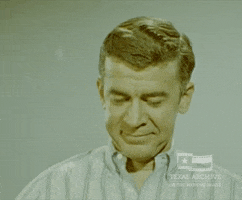- Joined
- May 3, 2004
- Messages
- 3,156
- Reaction score
- 3,751
Am I the only one that does Bier blocks? I have yet to meet a single EM doc in my career thus far who has any experience doing them. I'm hard pressed to even find any of our ortho residents who have done more than 1 or 2 and that's usually at our trauma center with an ancient, crusty attending. Which...now that I think about it was exactly the types of docs I rotated with during my ortho rotation in residency. I think I learned them there and continued to do them throughout residency but now that I think about it, I'm not sure if other residents were doing them. I honestly can't really remember when I started doing them but it was definitely in residency which leads me to believe someone showed me at some point. I'm starting to think it was just an aberration in teaching. Either that or I'm just getting old.




